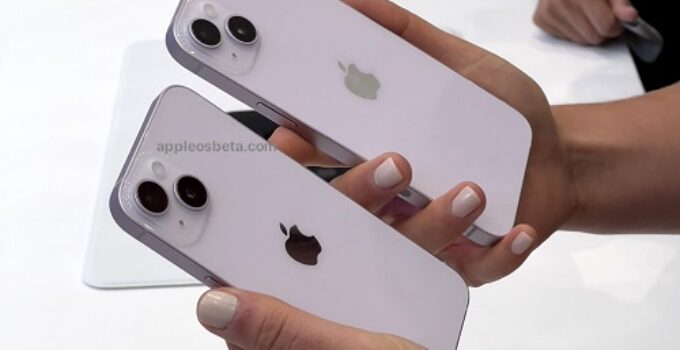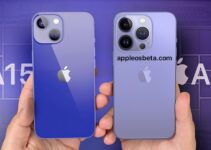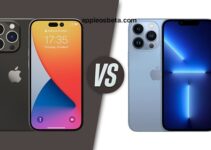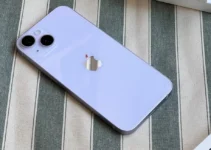IPhone 14 Plus review, bigger is better. A larger iPhone 14 or an iPhone 14 Pro Max with reduced functions? Trying to answer this question was the first temptation in trying to give an identity to the iPhone 14 Plus.
iPhone 14 Plus, how it’s done
It is not the design that marks the novelties of the iPhone 14 Plus. From the point of view of size and style it would be nothing more than an iPhone 14 with a few millimeters more on all sides, or, again to use the second of the pillars comparison that we mentioned above, an iPhone 14 Pro Max made with less valuable materials
It is in fact identical from the point of view of colors to the iPhone 14 (there are the new pale blue and purple as well as black, white and red) with aluminum edges but for the dimensions it is an iPhone 14 Pro Max which however is made of steel.
It is large (to our taste, too much: 169X78X78 mm) and for this reason it is an unsolvable puzzle if we want to use it with one hand. But it seems that there are a lot of people out there who do not have these problems and prefer to pay duty on agility of use in exchange for a more comfortable screen. After all, if that were not the case with the poor iPhone mini that we liked very much, it would not have ended up as it did …
If height by width prevent even imagining before using the iPhone 14 Plus as something pocket-sized, it must also be said that slipped into a jacket you can carry it without tearing the lining. In fact, it is not excessively heavy (almost half a pound less than the iPhone 14 Pro Max) thanks to the use of aluminum, which is less valuable but less heavy than steel.
The Screen
If iPhone 14 Plus is so great the merit or demerit, points of view, is obviously of the screen. We are faced with a 6.7-inch display (2778 x 1284 pixels), the largest size among those that Apple puts on an iPhone. The diagonal is the same as that of the iPhone Pro Max’s stunning display and its close but not identical quality. Although it is an excellent OLED screen, it lacks some key functions, in particular the ability to stay on all the time (new in the iPhone 14 Pro) and above all the adaptive frequency.
The fact that the iPhone 14 Plus has a refresh of 60 Hz versus the 120 Hz of the iPhone 14 Plus, taken in isolation, would probably not have been much of a problem; but for over a year we have been using an iPhone 13 Pro and now an iPhone 14 Pro. Based on this experience we have to say that the iPhone 14 Plus seems lazier and less responsive than models with a 120 Hz screen. We do not have the same impression. had on the iPhone 14, perhaps due to the fact that the 6.1-inch model has a smaller screen.
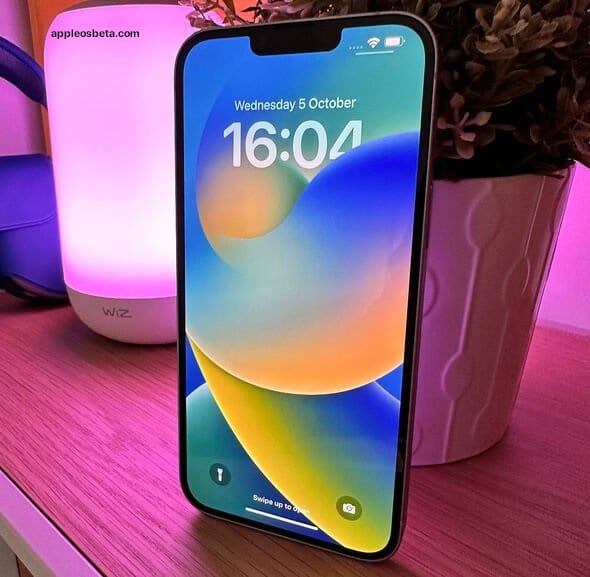
We are also beginning to feel the lack of notifications and other information provided by the always-on screen that is not here. But even then, if we hadn’t had a 14 Pro in our hands for a month, we probably wouldn’t have had the feeling of another drawback.
The brightness reduction compared to the iPhone 14 Pro (800 nits vs 1000 nits of maximum brightness, 1000 vs 1200 nits of peak brightness) is not particularly noticeable. Probably in bright light with a third sky that is mirrored inside the screen, we may have less quality but in everyday use the difference appears very minimal if not non-existent to the naked eye.
On the other hand, the impression that comes from the size of the screen is positive when it comes to reducing the need to scroll through text, see multiple threads in a chat or enjoy videos and games that are more immersive and engaging. There is no doubt that the iPhone 14 Plus in this area is a lap of the track ahead of both the iPhone 14. But even the iPhone 14 Pro, despite the aforementioned screen with a higher brightness, is less exciting in multimedia than it is. is an iPhone 14 Plus.
It is a pity that Apple does not make more creative use of the size of this screen even in the context of the operating system. In the end, the only real advantage of iOS on the iPhone 14 Plus over the iPhone 14 is in some apps (mail and calendar essentially) which in landscape mode have previews right on the screen. But this is not a real novelty: we saw it for the first time with the iPhone 6 Plus.
The Notch
What we said for the 60Hz screen compared to the 120Hz screen is also true for the old notch which remains the same as always: if we hadn’t seen Dynamic Island at work, we probably wouldn’t have had much to say. But after having tried for a month the “all-rounder” notch of the iPhone 14 Pro, the black tab tristanzuola of the iPhone 14 Plus that falls on the screen, it seemed to us something bulky, excessive and dated.
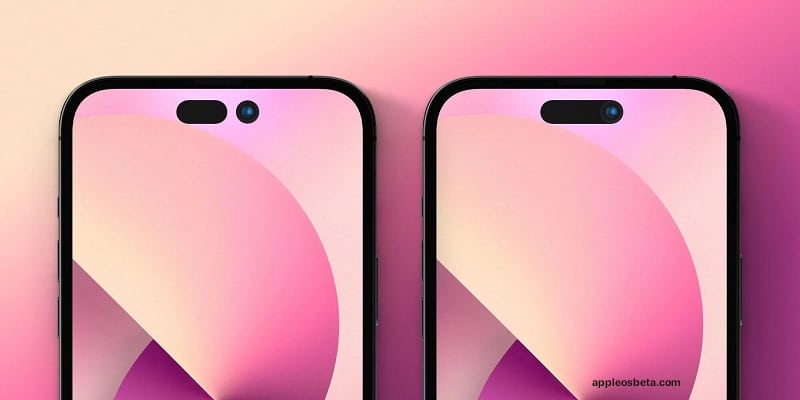
Apart from aesthetic and functional limits, the lack of Dynamic Island is the main flaw in the future of the iPhone 14 Plus. Our prediction as we explained in both the iPhone 14 and iPhone 14 Pro review is that the new interface of the next iPhones starts here; it is therefore indisputable that the presence of the old notch draws an unfavorable scenario in terms of longevity and future functions of the iPhone 14 Plus.
Performance
Where iPhone 14 Plus does not miss anything is in performance. Although there is the old A15 Bionic processor used in the iPhone 13 Pro and iPhone 13 Pro Max and not, probably to reduce costs, the A16 that debuted with the iPhone 16, speed is certainly not an issue.
We do not know if, as Apple says, the CPU of the iPhone 14 and iPhone 14 Plus is really faster than all those competitors (but independent tests confirm) but it is sure that even with last year’s processor there will be no problems with any of the daily functions of the iPhone. .
The interface is more than snappy and the games go like lightning. We confess that we are neither big fans nor experts in this area, but since this iPhone will probably also be purchased with the intention of using it to play, we have carried out some tests with Asphalt 9, GENSHIN Impact, Call of Duty: Mobile, Grid Sport. Arouses The Memories Between, and the result is apart from some modest jamming here and there, nothing seems capable of putting the processor in real difficulty.
Cameras
As for the cameras we have the usual wide (which now Apple finally calls the main camera) and the ultrawide. There is nothing more to say about them than what we said in the review of the iPhone 14: they are in fact the same, identical to the 6.1-inch model. The same thing must be said of the 12 megapixel sensor, slightly larger than that of the iPhone 13. We will not spread here in meticulous analyzes with the risk of repeating itself.
We limit ourselves to saying that only in some specific situations, looking with the magnifying glass pixel by pixel, the Photonic Engine technology produces some small advantages. In particular, the shaded areas have some more details.
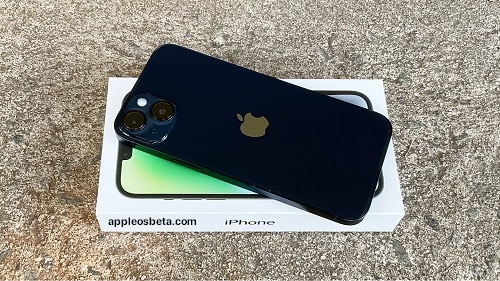
On the other hand, when the image processor uses night mode, the images are more sharp, sometimes too much. In fact, a correction on the sharpness intervenes that increases the detail but also generates some artifacts of too many that in some cases are worse than the lower definition of the same photos of the iPhone 13.
In any case, if in the snapshot of the vast majority of photos someone notices obvious progress in the quality of the photos of the iPhone 14 compared to the iPhone 13, they must have much better eyes than ours because in our experience it is essentially impossible to distinguish the photos of an iPhone 13 from those of an iPhone 14.
We would be tempted to say the same thing about the front lens. Here there is actually some slight improvement here, thanks to the autofocus function: in some situations the shot of the previous model appears slightly less detailed, especially if the light is not good.
That this might be well received by some specific niche of the public is likely, but no one will ever cite this as the reason to buy an iPhone 14 Plus or upgrade from an iPhone 13 and even an iPhone 12. The truth is that if you want to to have some advantages over even recent iPhones, the solution is to buy an iPhone 14 Pro.
Autonomy
Where, on the other hand, the step forward is monstrous compared to the whole horizon of the iPhone is in autonomy: iPhone 14 Plus from this point of view is really crazy.
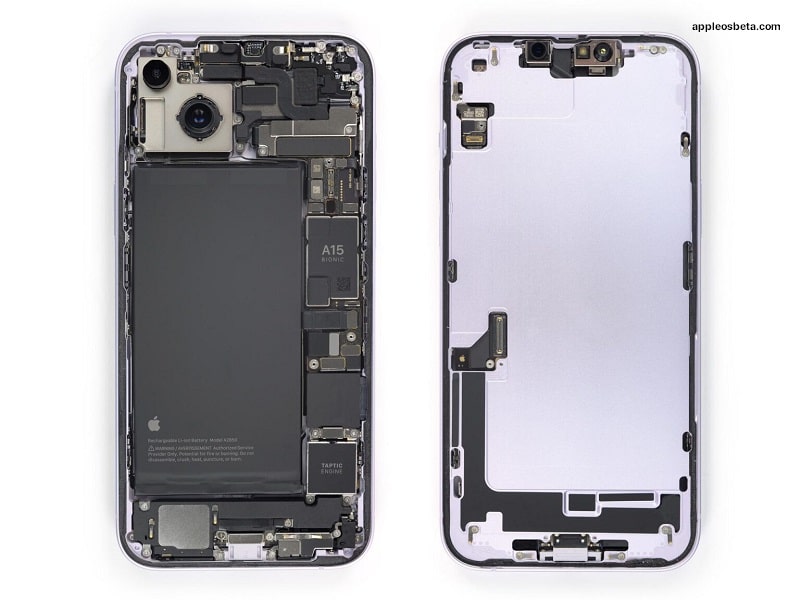
In these test days we used the phone to make phone calls, chat, browse, play videos while we were writing and podcasts to accompany sleep, as well as to evaluate the phone for this review, all situations in which we tend to test. hard battery, totaling nearly 8 hours of usage time per day. Well we only reloaded at the end of the second day; iPhone 14 Pro wouldn’t make it to the end of the day in this scenario.
Other journalists who have been able to compare the iPhone 14 Plus with the iPhone 14 Pro Max claim that the iPhone 14 Plus in everyday use has a longer battery life despite the same battery capacity. We assume this is due to features that consume more power such as the 120Hz screen, always-on display and Dynamic Island.
The fact is that in the end we believe it impossible that a human being from planet earth could ever have the need to recharge the battery of the iPhone 14 Plus at the end of a single day of use. In practice, when Apple speaks in reference to the iPhone 14 Plus about the best autonomy ever seen on one of its phones, it is not one of the usual hyperboles that are stuffed with press releases, but it sounds like a statement of excessive modesty.
All The Rest
iPhone 14 Plus like all the other iPhones this year, some other function that does not have great significance for our market. This is the case of car accident detection which in Europe is largely supplanted by eCall, a system installed on all new cars since March 2019.
Emergency messaging via satellite, the second new feature, is not active here and even when it is, given the vast coverage of the cellular network, it will have a much more limited impact than in the USA and Canada where it will be put into operation at short.
We also report the iPhone 14 Plus put on the market in Italy all still have, fortunately, the drawer for the SIM. If they were like those Americans equipped only with eSim it would be a big headache to solve especially for all those who take advantage of the large number of operators who still do not support anything other than physical SIMs.
In Conclusion
iPhone 14 Plus is not the best iPhone of the moment and in addition it carries with it all the end-of-stroke signals that the iPhone 14 of which it is a very close relative but compared to its smaller twin brother has two certain undeniable advantages and a sure appeal.
The first advantage is in the 6.7-inch screen. This is a peculiarity that may not please everyone because it makes this iPhone a device that cannot be handled with one hand and cannot be put in the pocket but at the same time represents a novelty worthy of attention for a good slice of the public. If since the launch of the iPhone XS, those who wanted a “large iPhone” could only buy the more expensive model, with the iPhone 14 Plus they have an intermediate option. Choosing it instead of the iPhone 14 Pro Max will in fact lose some of the pillars which Apple will probably found the future of the platform (48 megapixel camera and Dynamic Island above all) but will save more than 300 euros.
The second big advantage of the iPhone 14 Plus is in the battery life. No iPhone has had such a long battery life. It means leaving the house in the morning and being able to use the phone for two days without worrying about recharging it. Not a small advantage that no other iPhone offers.
In conclusion, while it seems complicated at the moment to recommend to anyone the purchase of an iPhone 14 (buying an iPhone 12 or an iPhone 13 you lose little or nothing and spend less) it is much easier to understand which customer is iPhone 14 Plus. is aimed at: those who want a phone with large screens and an almost infinite battery but are not interested in what Apple offers (or cannot afford what Apple asks for) with its Pro models. genre and this alone could be enough to give the iPhone 14 Plus the identity of a product with a sense and a market that is hard to find in the iPhone 14.
